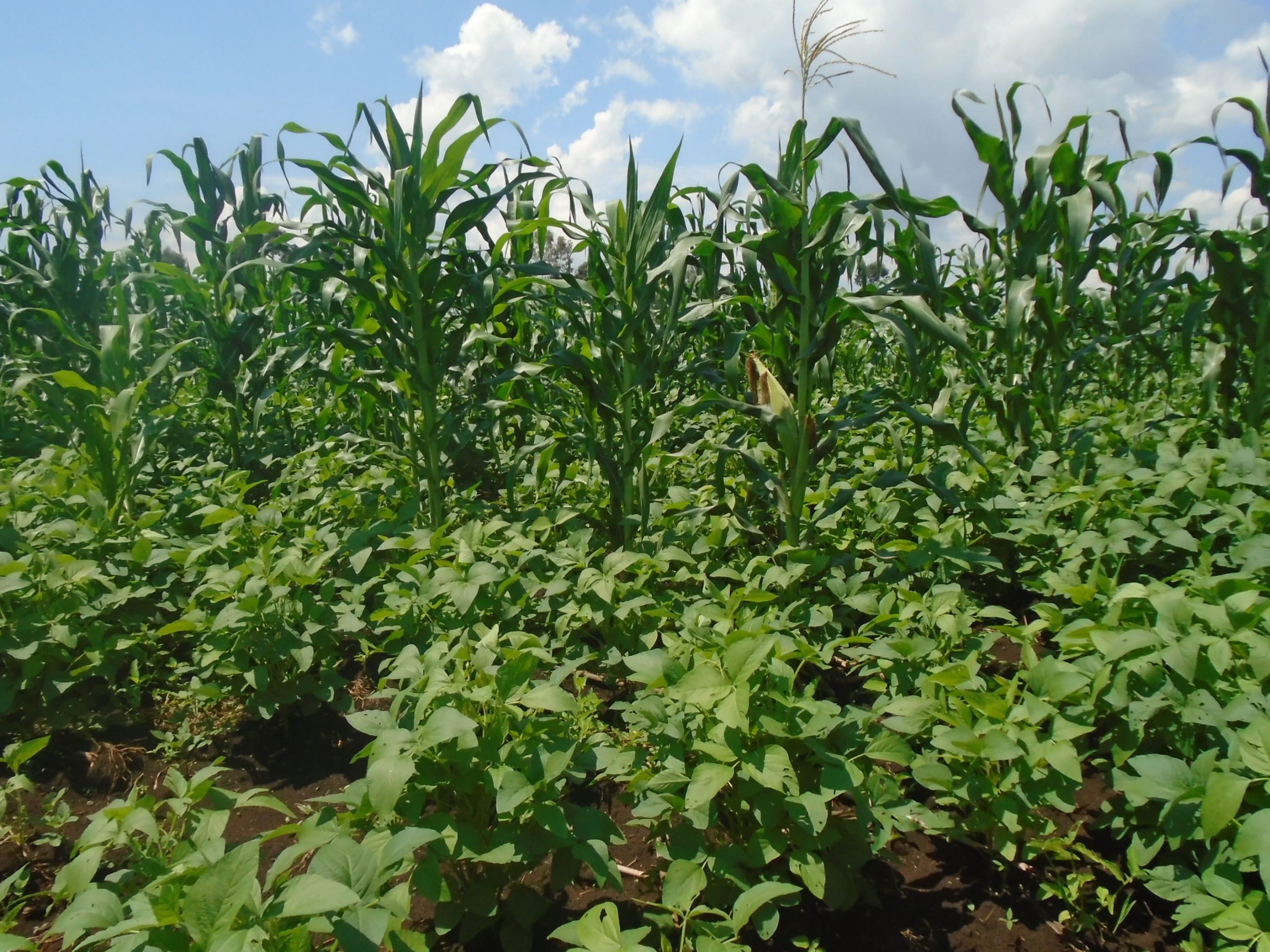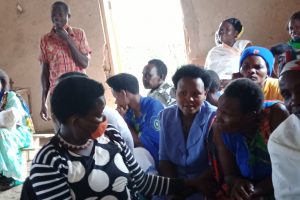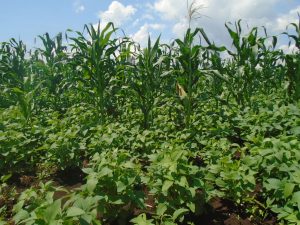The Second National Development Plan (NDPII) prioritizes investment in agriculture as one of the five (5) areas with the greatest multiplier effect on the economy. Agriculture remains the backbone of Uganda’s economy. In 2012/13, the sector accounted for 25.3% of the country’s GDP up from 24.7% in 2010/11. The sector employs about 72% of the total labour force (including disguised labour), 77% of whom are women, and 63% are youth most of whom reside in the rural areas. The sector is dominated by food crops, forestry and livestock production accounting for 51.6%, 18.2% and 17.8 % respectively. In addition, cash crops accounted for 7.2%, fishing 5.1 % and agriculture support services accounted for 0.1 % of the sector gross value added in 2013/14. The country is one of the leading producers of coffee, tea, cotton, cereals, bananas, and livestock, and fish products in the world. There exist enormous opportunities for agro-processing to increase the benefits from the sector which the country has not fully harnessed.
Agricultural production is mainly dominated by smallholder farmers engaged in food and cash crops, horticulture, fishing and livestock farming. Farmers that are categorised as subsistence are estimated to deliver between 75–80% of the total agricultural output and marketed agricultural produce. Smallholder/enterprises, commercial farmers and estate operators are about 15%, 3% and 0.5% of farmers respectively.
Despite the importance of agriculture in the economy, the sector’s performance in recent years in terms of production and productivity, food and nutrition security has not been satisfactory mainly due to slow technological innovations and adoption particularly amongst women farmers despite being the majority labour force; poor management of pests and diseases; limited access to land and agricultural finance that disproportionately affects women and youth farmers; a weak agricultural extension system, with access to extension services lowest among women, as well as over-dependency on rain-fed agriculture. The majority of the women farmers lack ownership and control over land (28% of women own agricultural land compared to 72% of men). In addition, there are connectivity problems between the production areas and final markets leading to high transportation costs that reduce agricultural profit margins. The sector is also characterized by limited value addition which is attributed to poor post-harvest handling techniques, inadequate bulking and storage facilities, and high electricity costs. Besides, limited market information and the capacity of the primary producers to meet the standards required in the export market limits the sector’s contribution to the country’s export earnings.
UTNU is working towards long-term, sustainable, and community-centred solutions to alleviate food insecurity in areas of the central region with low access to fresh, healthy, and culturally-appropriate food. We help to grow sustainable practices in largely remote and difficult to reach areas to sustain the livelihoods of local people through:
- Promoting sustainable agriculture by empowering smallholder farmers and rural communities through entrepreneurship training, capacity building, digital skills and access to markets.
- Improving community food environments, including through community farms and mobile or fresh markets.
- Advocacy work to support sustainable food systems.
- Increasing access to fresh, healthy food through investments in critical infrastructure components such as farming, gardening tools and storing units.
- Expanding the network of businesses offering fresh and healthy foods to participants of nutritional assistance programs.
- Optimizing sustainable food waste and/or recovery programs.
- Offering grassroots educational initiatives that lead to increased participation of impacted communities in the solutions for increasing access to fresh, healthy, and culturally-appropriate food.





